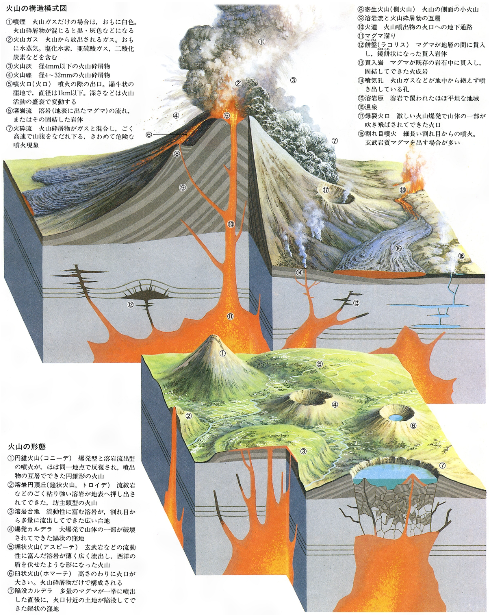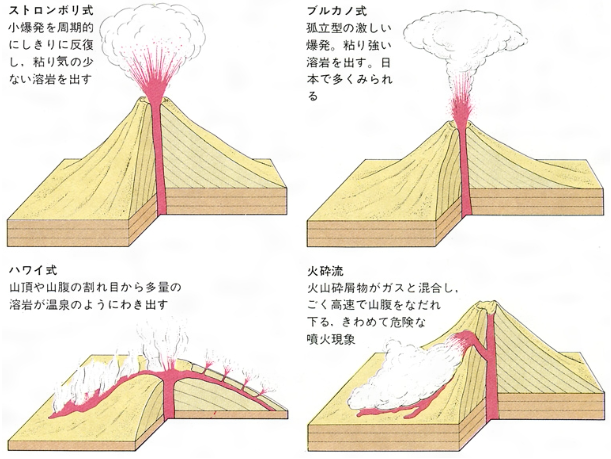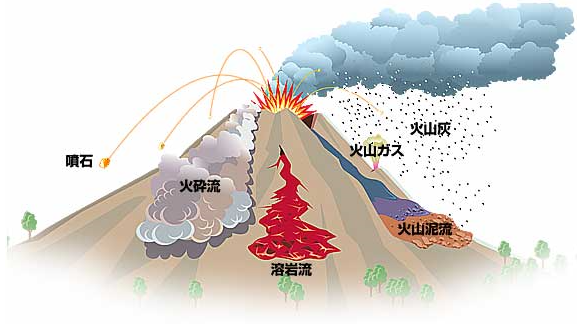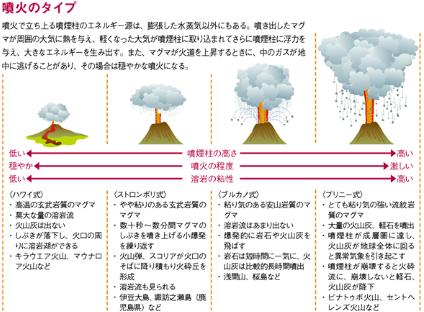/Image742.gif) Figure 1. Location of Setouchi volcanic belt (open stars), which extends for 〜600 km parallel to Nankai Trough and occupies present forearc regions, 〜80 km trenchward of Quaternary volcanic front (QVF). Setouchi volcanic belt was active at 15-13 Ma, largely synchronous with timing of backarc-basin formation in Shikoku basin and Japan Sea at 26-15 Ma and in early to middle Miocene, respectively. Subduction of such a young and hot Philippine Sea plate beneath southwest Japan resulted in partial melting of subducting slab. DSDP is Deep Sea Drilling Project. |
/Image744.gif) Figure: Distribution of Quaternary volcanoes Depths of subducting plates are based on Yokoyama et al. (editors), 1992 and Hasegawa et al., 2010. GLGArcs(HP/2014/6)による『Introduction to the landforms and geology of Japan』から |
/Image743.gif)



/Image1203.gif)
/Image1204.gif)
/Image1205.gif)
/Image540.gif)
/Image539.gif)



/Image1069.gif)
/Image1068.gif)
/Image1067.gif)
/Image1066.gif)
/Image1347.gif)
/Image1348.gif)
/Image1350.gif)
/Image1349.gif)